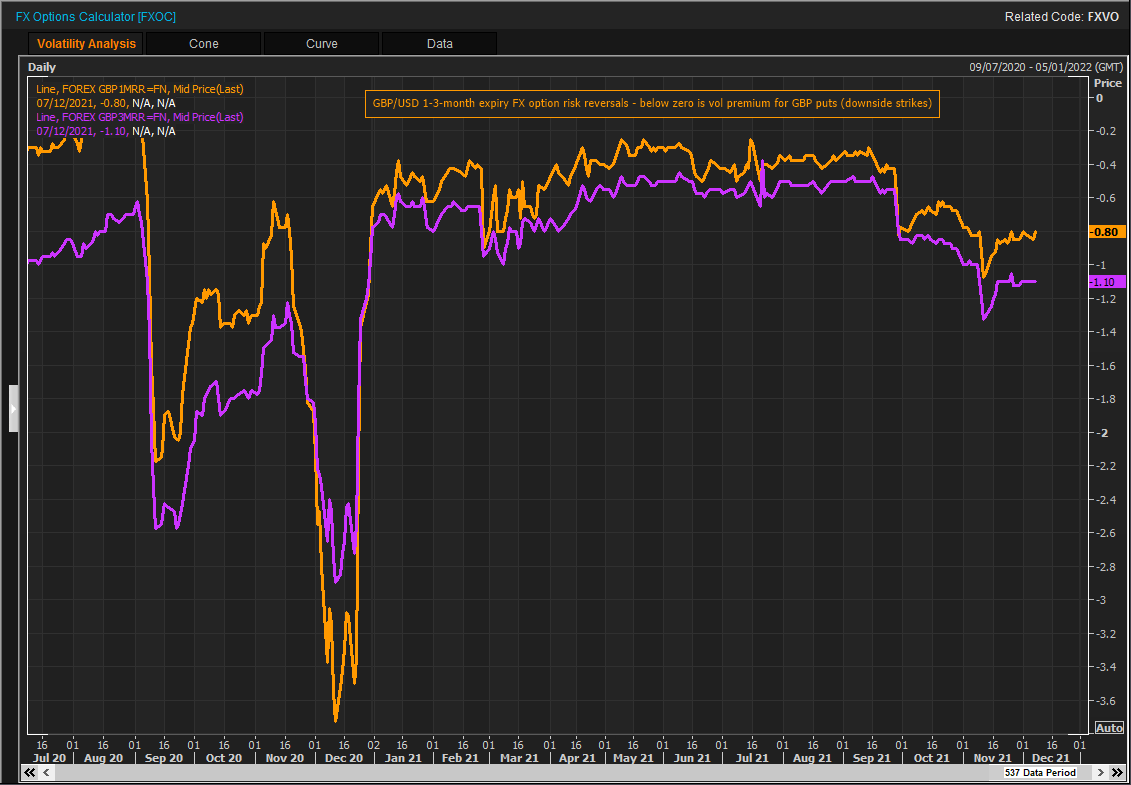
You should invest in large-cap stocks with high dividends if you want to receive more dividends. These companies are known for their high yield dividends and low P/E ratios. Their dividend yields average 3.4% or greater. Below are 7 such stocks, each with a P/E ratio of under 20 and a dividend yield of over three percent.
Microsoft
Microsoft is a great stock for large-cap growth and a dividend payer. Microsoft has a history of dividend increases, and its earnings per share has grown at an average rate of 24% per year over the past five years. It also has a low payout ratio, which is ideal for dividend stocks. In the future, it is expected that its dividend will increase by 10% per annum for five years.
Microsoft pays dividends every three months and four times per year. The date of the next dividend payment is different from month to month. However, it will usually fall within the third week in a given month. This date is crucial for potential investors as they need to finish their investment BEFORE the ex dividend date.

Johnson & Johnson
Johnson & Johnson stock is a top choice if you're looking to increase your dividends. Johnson & Johnson offers a 2.4% dividend yield which is well above the S&P500 average. It has a strong business model and strong brand. The shares of the company, which is a long-standing leader in healthcare, appreciate annually. Consider another investment option if your goal is to find a fast-growing stock.
Johnson & Johnson has been bringing new products to the market in a steady manner. The company is now a leading player in a number health care categories. The company's market cap today is $435billion. It generates $98billion of annual revenue. This makes it a huge-cap stock, with a market value exceeding $200 billion. It recently announced its second quarter financial results. These numbers exceeded expectations. Its revenue increased by 3 percent year-overyear to $24Billion. Additionally, its adjusted EPS shot up from $2.59 and $2.68 respectively. This record-breaking achievement is no surprise.
Lowe's
If you're a long-term income investor looking for a strong stock with a solid dividend history, Lowe's may be the stock for you. Low payout rates, high dividend growth, and healthy earnings growth make Lowe's a solid stock. Lowe's increased its payout 60 times in a row. Low levels of debt allow the company to fund its dividend growth. Share repurchases can be made and investments in the business can be made to support future earnings growth.
Lowe's also offers a Stock Advantage Direct Stock Purchase Plan. This program allows investors to buy shares of Lowe’s common stock, and it also increases the holdings of existing investors. Participants have the option to reinvest automatically their dividends.

Target
Target is a dividend-investor's best choice for large-cap retail stocks. The company's growth prospects look very promising, even though it is still undervalued today. The company has steadily increased its dividend over the past 50-years and this trend will continue into the future. In addition to this, its profits have also increased significantly.
Target has a clear strategy. It sells high-quality merchandise for a discount price and via digital channels. Although its competition is dominated by Walmart and Amazon, Target management believes that its stores can be a competitive advantage and help it to become a successful omnichannel retail chain. It has also invested in supply chain logistics and renovated stores to increase efficiency.
FAQ
What's the role of the Securities and Exchange Commission (SEC)?
SEC regulates the securities exchanges and broker-dealers as well as investment companies involved in the distribution securities. It enforces federal securities regulations.
Why are marketable securities important?
The main purpose of an investment company is to provide investors with income from investments. This is done by investing in different types of financial instruments, such as bonds and stocks. These securities are attractive because they have certain attributes that make them appealing to investors. They may be considered to be safe because they are backed by the full faith and credit of the issuer, they pay dividends, interest, or both, they offer growth potential, and/or they carry tax advantages.
What security is considered "marketable" is the most important characteristic. This refers to how easily the security can be traded on the stock exchange. It is not possible to buy or sell securities that are not marketable. You must obtain them through a broker who charges you a commission.
Marketable securities are government and corporate bonds, preferred stock, common stocks and convertible debentures.
Investment companies invest in these securities because they believe they will generate higher profits than if they invested in more risky securities like equities (shares).
What is a Mutual Fund?
Mutual funds can be described as pools of money that invest in securities. They allow diversification to ensure that all types are represented in the pool. This helps reduce risk.
Professional managers manage mutual funds and make investment decisions. Some funds let investors manage their portfolios.
Because they are less complicated and more risky, mutual funds are preferred to individual stocks.
Why is a stock called security?
Security refers to an investment instrument whose price is dependent on another company. It may be issued by a corporation (e.g., shares), government (e.g., bonds), or other entity (e.g., preferred stocks). The issuer promises to pay dividends to shareholders, repay debt obligations to creditors, or return capital to investors if the underlying asset declines in value.
What is the trading of securities?
The stock exchange is a place where investors can buy shares of companies in return for money. To raise capital, companies issue shares and then sell them to investors. Investors then resell these shares to the company when they want to gain from the company's assets.
Supply and demand determine the price stocks trade on open markets. If there are fewer buyers than vendors, the price will rise. However, if sellers are more numerous than buyers, the prices will drop.
Stocks can be traded in two ways.
-
Directly from company
-
Through a broker
Statistics
- "If all of your money's in one stock, you could potentially lose 50% of it overnight," Moore says. (nerdwallet.com)
- US resident who opens a new IBKR Pro individual or joint account receives a 0.25% rate reduction on margin loans. (nerdwallet.com)
- Our focus on Main Street investors reflects the fact that American households own $38 trillion worth of equities, more than 59 percent of the U.S. equity market either directly or indirectly through mutual funds, retirement accounts, and other investments. (sec.gov)
- Even if you find talent for trading stocks, allocating more than 10% of your portfolio to an individual stock can expose your savings to too much volatility. (nerdwallet.com)
External Links
How To
How to invest in the stock market online
One way to make money is by investing in stocks. You can do this in many ways, including through mutual funds, ETFs, hedge funds and exchange-traded funds (ETFs). The best investment strategy depends on your risk tolerance, financial goals, personal investment style, and overall knowledge of the markets.
To become successful in the stock market, you must first understand how the market works. Understanding the market, its risks and potential rewards, is key. Once you have a clear understanding of what you want from your investment portfolio you can begin to look at the best type of investment for you.
There are three major types of investments: fixed income, equity, and alternative. Equity is the ownership of shares in companies. Fixed income is debt instruments like bonds or treasury bills. Alternatives include commodities and currencies, real property, private equity and venture capital. Each category comes with its own pros, and you have to choose which one you like best.
Once you have determined the type and amount of investment you are looking for, there are two basic strategies you can choose from. One strategy is called "buy-and-hold." You purchase a portion of the security and don't let go until you die or retire. Diversification refers to buying multiple securities from different categories. You could diversify by buying 10% each of Apple and Microsoft or General Motors. You can get more exposure to different sectors of the economy by buying multiple types of investments. You are able to shield yourself from losses in one sector by continuing to own an investment in another.
Risk management is another key aspect when selecting an investment. Risk management will allow you to manage volatility in the portfolio. A low-risk fund would be the best option for you if you only want to take on a 1 percent risk. On the other hand, if you were willing to accept a 5% risk, you could choose a higher-risk fund.
Your money management skills are the last step to becoming a successful investment investor. Managing your money means having a plan for where you want to go financially in the future. A plan should address your short-term and medium-term goals. It also needs to include retirement planning. This plan should be adhered to! Keep your eyes on the big picture and don't let the market fluctuations keep you from sticking to it. You will watch your wealth grow if your plan is followed.